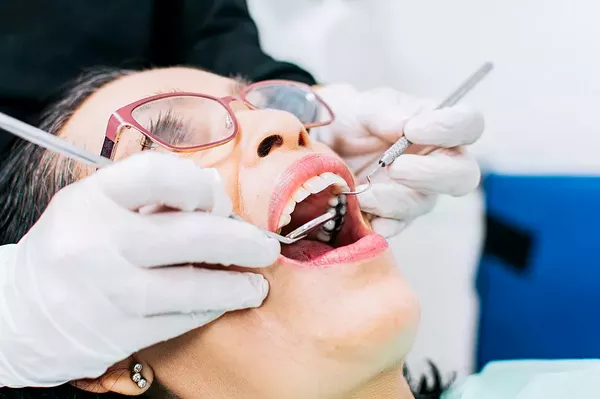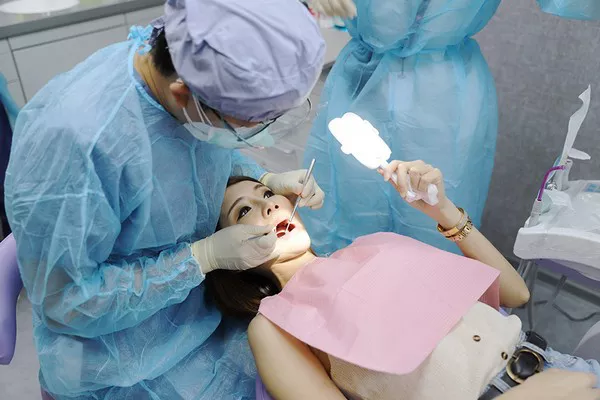Why Are My Gums Still Bleeding After Deep Cleaning?
Introduction:
Deep cleaning, also known as scaling and root planing, is a common dental procedure that involves removing plaque and tartar buildup from the teeth and gums. This procedure is often recommended for individuals with gum disease or those who have not had regular dental cleanings in some time. While deep cleaning can be effective in improving oral health, it is not unusual for patients to experience bleeding gums after the procedure. In this article, we will explore the reasons why gums may still bleed after deep cleaning and what steps you can take to promote healing.
What Causes Bleeding Gums After Deep Cleaning?
Bleeding gums are a common side effect of deep cleaning and can occur for several reasons. One of the main causes of bleeding gums is inflammation. During deep cleaning, the dentist or hygienist will remove plaque and tartar buildup from the teeth and gums. This can cause the gums to become inflamed, leading to bleeding. Additionally, if there is an infection present, the gums may bleed more easily.
Another reason why gums may continue to bleed after deep cleaning is due to poor oral hygiene habits. If a patient does not brush and floss regularly or properly, bacteria can accumulate on the teeth and gums, causing them to become inflamed and bleed easily. In these cases, deep cleaning may not be enough to resolve the issue, and additional treatment may be needed.
Finally, certain medical conditions can also contribute to bleeding gums. Patients with diabetes or autoimmune disorders, for example, may be more prone to gum disease and bleeding.
What Can You Do to Promote Healing?
If your gums continue to bleed after deep cleaning, there are several steps you can take to promote healing. First and foremost, it is important to maintain good oral hygiene habits. Brush your teeth twice a day and floss daily to remove any remaining plaque and bacteria. You may also want to consider using an antiseptic mouthwash to help kill bacteria and reduce inflammation.
In addition to practicing good oral hygiene, you may also want to make some dietary changes. Eating a diet rich in fruits, vegetables, and whole grains can provide your body with the vitamins and nutrients it needs to promote healing. Avoiding sugary or processed foods can also help prevent further inflammation.
If your gums continue to bleed despite these efforts, it may be necessary to seek additional treatment. Your dentist or periodontist may recommend antibiotics or other medications to help control infection and inflammation. In some cases, surgery may be needed to remove damaged tissue and promote healing.
Conclusion:
While bleeding gums after deep cleaning is not uncommon, it is important to take steps to promote healing and prevent further damage. By maintaining good oral hygiene habits, eating a healthy diet, and seeking additional treatment if necessary, you can improve the health of your gums and prevent future issues. If you have concerns about bleeding gums after deep cleaning, be sure to speak with your dentist or periodontist for guidance and recommendations.
Related Topics:






























